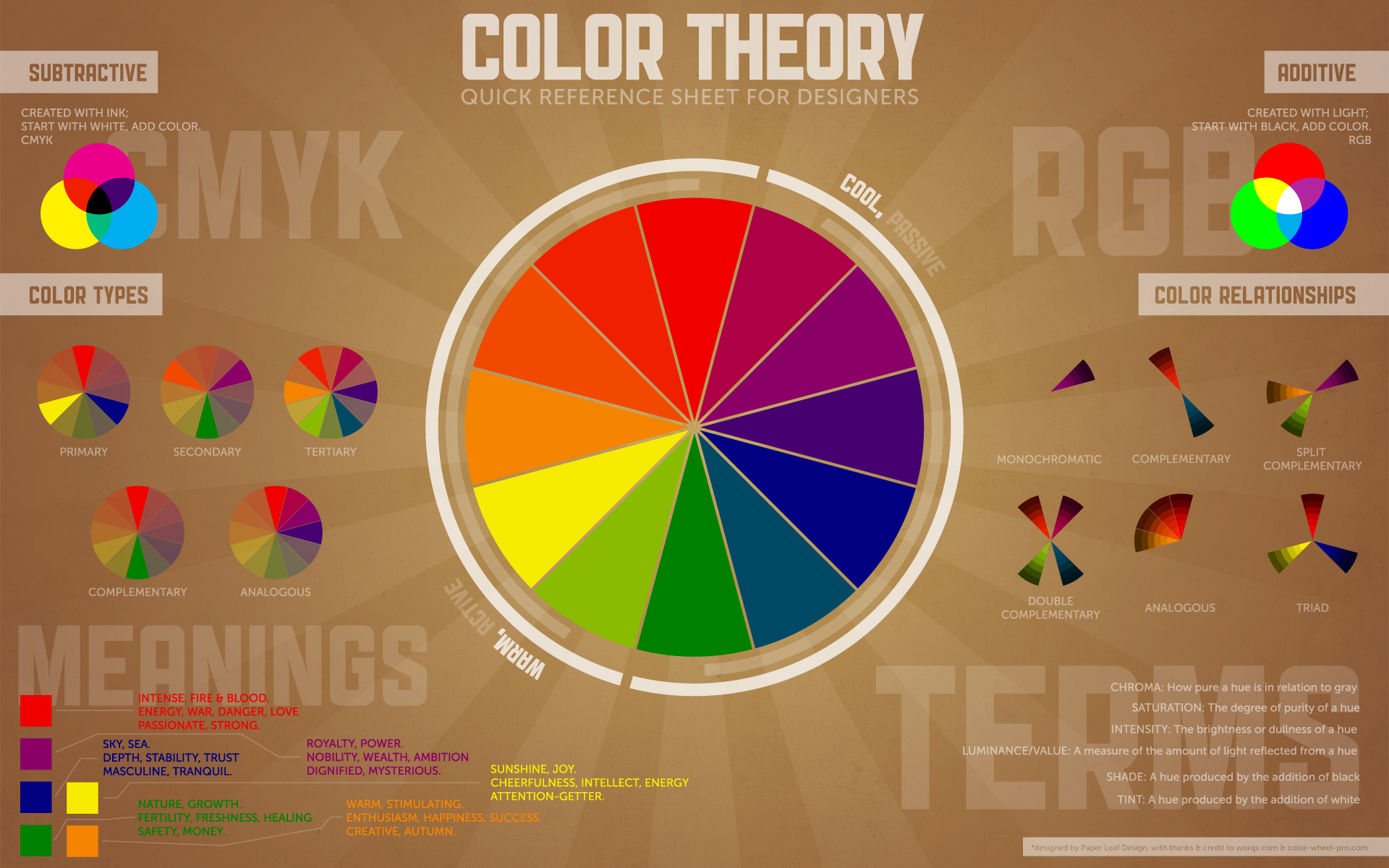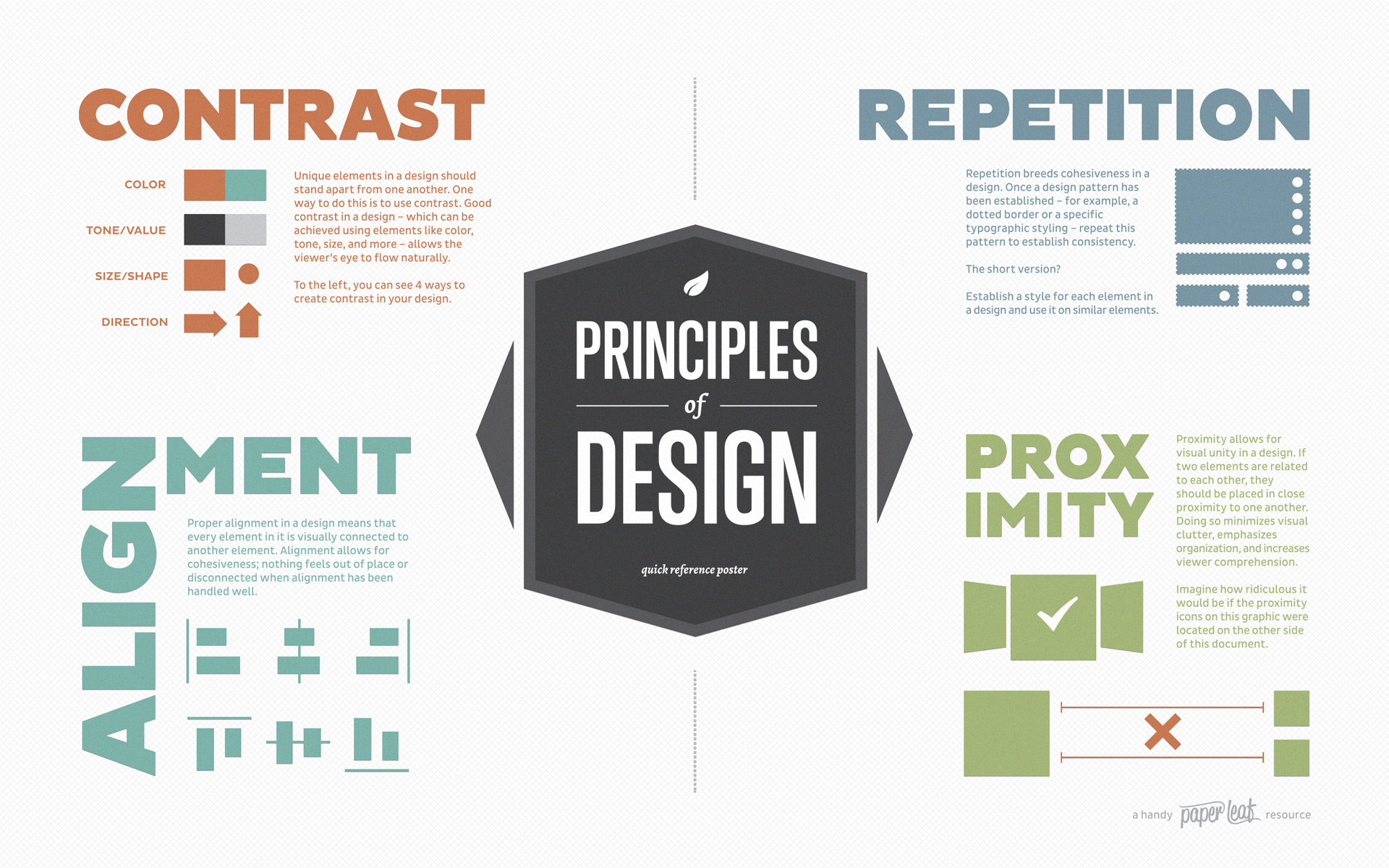About…
Home » About…
COURSE IDENTITY
Semeter B -Mandatory Modules / ECTS Units 3
Aim
This course introduces the basic principles of designing both web sites and individual web pages, linking client applications to web pages and the basic concepts of data structuring. The course includes semantic web concepts, data and systems interoperability issues, design for all aspects, security concerns, design for optimal functionality and platform scalability. It also introduces to basic web authoring and programming and the available markup languages both for content description and page formation.
Learning Objectives
- To introduce students to the overall lifecycle of web development from specifications to deployment from a user-centric point of view.
- To teach students web authoring involving user interface design based on international best practices.
- To introduce basic open source packages for developing portals, sites and blogs of specific purpose (i.e. portals, blogs, wikis, educational, fora and discussion groups, forms, polls and surveys, e-commerce).
- To introduce dynamic web programming and database applications.
On completion of this module, students are expected to be able to:
- Understand the basic principles of web page design and to write a basic web page or customize an open source package using a web authoring tool.
- Understand the basic concepts of data structuring.
- Acquire the skills to be able to implement an application that uses a database and has a simple user interface.
Bibliography
- Susan Fowler, Victor Stanwick, “Web Application Design Handbook: Best Practices for Web-Based Software”, Morgan Kaufmann, pp. 658, 2004.
- Pawan Vora, “Web Application Design Patterns”, Morgan Kaufmann, pp. 448, 2009.


